What Plants Like Direct Sunlight: Sun-Loving Plants and Their Cares
Introduction
Gardening is an art that brings nature closer to home, and understanding the specific needs of plants can be the difference between a flourishing garden and a struggling one. One of the most crucial aspects of plant care is light requirements. While some plants thrive in the shade, others need abundant sunlight to grow and bloom. This article delves into the world of sun-loving plants, exploring various species that bask in direct sunlight and providing tips for their care.
Why Some Plants Need Direct Sunlight
Plants require sunlight for photosynthesis, the process by which they convert light energy into chemical energy to fuel their growth. While all plants need light, the amount and intensity vary. Sun-loving plants, or heliophytes, have evolved to thrive in environments with high light intensity. They have adaptations such as thicker leaves, waxy surfaces, and specialized pigments to handle prolonged exposure to sunlight without damage.
Characteristics of Sun-Loving Plants
- Thick, Waxy Leaves: These plants often have leaves with a waxy coating that reduces water loss and protects against intense sunlight.
- Deep Root Systems: To access water deep in the soil, these plants typically develop extensive root systems.
- Smaller Leaves: To minimize water loss, sun-loving plants might have smaller leaves compared to shade-tolerant species.
- Vibrant Flowers: Many sun-loving plants produce bright, colorful flowers that attract pollinators and thrive in open, sunny spaces.
Popular Sun-Loving Plants
1. Sunflowers (Helianthus annuus)
Sunflowers are iconic heliophytes known for their towering heights and large, cheerful blooms. They are annual plants that thrive in full sun and well-drained soil. Sunflowers are relatively easy to grow and can reach heights of up to 12 feet, making them a dramatic addition to any garden. They also produce seeds that are a favorite among birds and can be harvested for human consumption.
Care Tips:
- Plant in a location that receives at least six to eight hours of direct sunlight daily.
- Ensure the soil is well-drained and moderately fertile.
- Water regularly but avoid overwatering to prevent root rot.
2. Lavender (Lavandula spp.)
Lavender is a hardy perennial known for its fragrant purple flowers and silvery-green foliage. It thrives in full sun and well-drained, sandy soil. Lavender is not only a beautiful ornamental plant but also has various uses in aromatherapy, cooking, and crafting.
Care Tips:
- Plant in an area with full sun exposure for at least six hours a day.
- Use well-drained, slightly alkaline soil.
- Water sparingly, as lavender is drought-tolerant once established.
3. Roses (Rosa spp.)
Roses are among the most popular flowering plants globally, renowned for their beauty and fragrance. They thrive in sunny locations with well-drained soil and regular watering. Roses come in various varieties, including climbers, shrubs, and groundcovers, each suited to different garden settings.
Care Tips:
- Choose a sunny spot that gets at least six hours of direct sunlight daily.
- Ensure good air circulation around the plants to prevent fungal diseases.
- Prune regularly to encourage healthy growth and flowering.
4. Tomatoes (Solanum lycopersicum)
Tomatoes are a staple in home gardens, known for their juicy, flavorful fruits. They are sun-loving plants that require a minimum of six to eight hours of direct sunlight to produce a bountiful harvest. Tomatoes need rich, well-drained soil and consistent watering to thrive.
Care Tips:
- Select a sunny spot with at least six hours of direct sunlight.
- Use fertile, well-drained soil enriched with organic matter.
- Water regularly, aiming to keep the soil consistently moist but not waterlogged.
5. Marigolds (Tagetes spp.)
Marigolds are bright, cheerful annuals that are easy to grow and highly adaptable. They thrive in full sun and well-drained soil, producing vibrant blooms in shades of yellow, orange, and red. Marigolds are also known for their pest-repellent properties, making them excellent companion plants.
Care Tips:
- Plant in a sunny location with well-drained soil.
- Water moderately, allowing the soil to dry out slightly between waterings.
- Deadhead spent flowers to encourage continuous blooming.
6. Cacti and Succulents
Cacti and succulents are adapted to arid environments and thrive in full sun. These plants have specialized structures to store water, allowing them to survive prolonged periods without rainfall. They come in various shapes and sizes, making them versatile additions to any garden or indoor space.
Care Tips:
- Provide plenty of direct sunlight, ideally six to eight hours daily.
- Use well-draining soil specifically formulated for cacti and succulents.
- Water sparingly, allowing the soil to dry out completely between waterings.
Growing Sun-Loving Plants in Different Climates
1. Hot and Dry Climates
In regions with hot, dry climates, it is essential to select plants that can withstand intense sunlight and limited water availability. Cacti, succulents, and drought-tolerant perennials like lavender and yarrow are ideal choices. Mulching can help retain soil moisture and regulate soil temperature.
2. Temperate Climates
Temperate climates with moderate temperatures and varying sunlight levels offer a broader range of plant choices. Sunflowers, marigolds, and roses are well-suited to these conditions. Providing consistent watering and ensuring good soil drainage will promote healthy growth.
3. Humid Climates
In humid climates, managing excess moisture is crucial to prevent fungal diseases. Choose plants like hibiscus, lantana, and zinnias, which thrive in sunny, humid conditions. Ensure good air circulation and avoid overcrowding plants to reduce humidity-related issues.
Tips for Maximizing Sunlight Exposure
- Choose the Right Location: Observe your garden throughout the day to identify the sunniest spots. South-facing areas typically receive the most sunlight.
- Prune Surrounding Vegetation: Trim trees and shrubs that may cast shadows on your sun-loving plants.
- Use Reflective Surfaces: Placing light-colored stones or reflective materials around plants can help increase light exposure.
- Raised Beds and Containers: Elevating plants in raised beds or containers can improve drainage and ensure they receive ample sunlight.
Common Challenges and Solutions
1. Sunburned Leaves
Excessive sunlight can cause leaf burn, characterized by brown, crispy edges. To prevent this, gradually acclimate young plants to direct sunlight and provide some afternoon shade if necessary.
2. Watering Issues
Sun-loving plants often require more frequent watering, especially during hot weather. Use a soaker hose or drip irrigation system to deliver water directly to the root zone and reduce evaporation.
3. Pests and Diseases
Sun-loving plants can attract pests like aphids, spider mites, and whiteflies. Regularly inspect plants for signs of infestation and use appropriate organic or chemical controls as needed.
Conclusion
Sun-loving plants are a diverse group that brings vibrant colors, textures, and fragrances to gardens and landscapes. By understanding their specific needs and providing the right conditions, you can cultivate a thriving garden full of healthy, blooming plants. Whether you’re growing towering sunflowers, fragrant lavender, or juicy tomatoes, the key to success lies in proper care, attentive observation, and a love for the natural world.
Happy gardening!



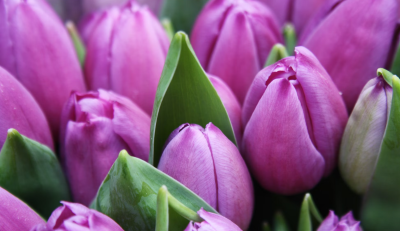


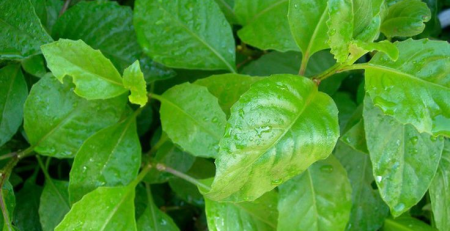
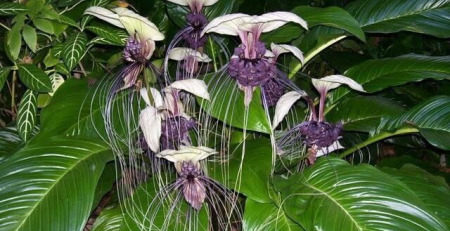


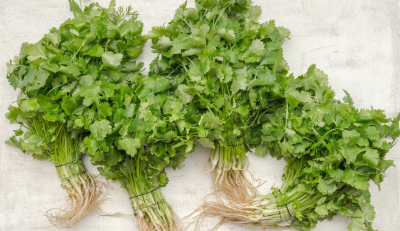
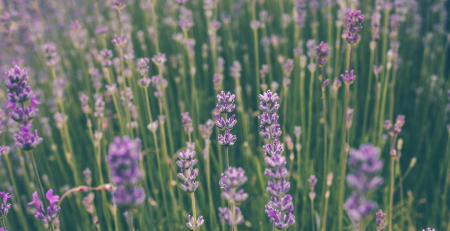

Leave a Reply